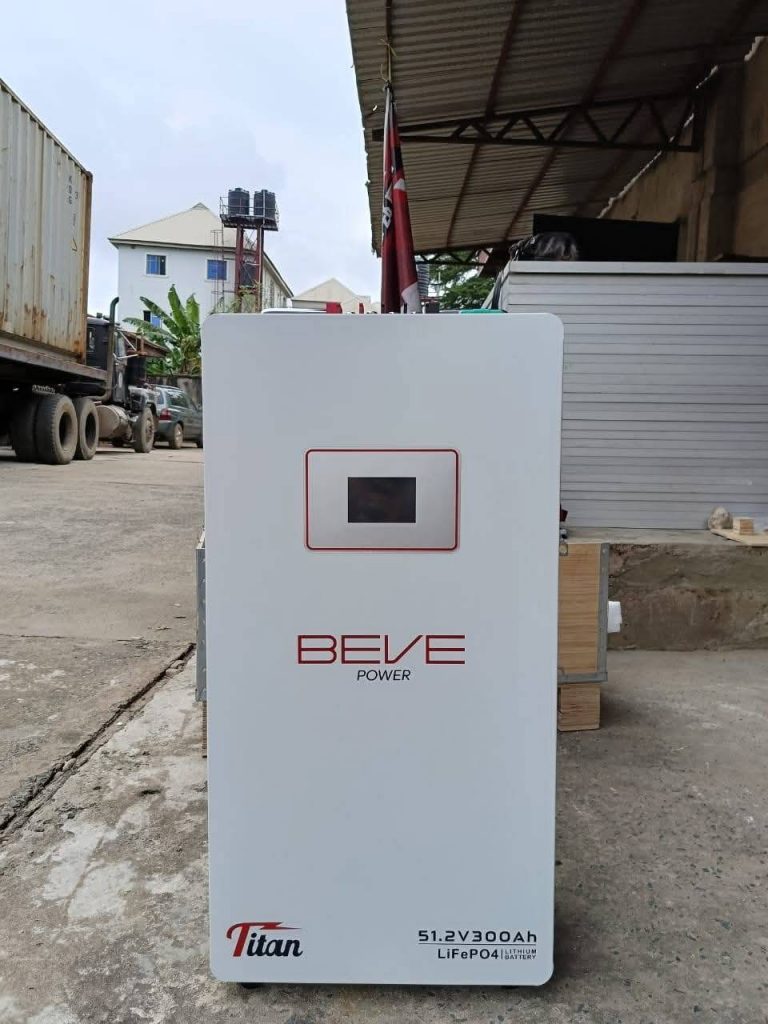
Do you know the working principle of lithium battery BMS?

To understand the workings of a lithium battery’s BMS, think of it as a “full-time housekeeper and personal bodyguard” for the battery—it monitors the battery’s voltage, temperature, and current in real time to prevent overcharging, over-discharging, and overheating, maintaining battery life and accuracy, and ensuring safe operation.
It’s important to understand that everyday lithium batteries (used in mobile phones, electric vehicles, and power banks) aren’t single cells, but rather multiple “small cells” connected in series or parallel (a mobile phone might have 2-3, an electric vehicle might have hundreds). The core of the BMS is to closely monitor the overall and individual status of these cells to prevent failures.
First, there’s “voltage protection”: Lithium batteries can explode if their voltage is too high, and they’ll be scrapped if their voltage is too low. The BMS strictly enforces these two red lines, like an “electrician” monitoring a room’s electricity usage. Overcharge protection: A mobile phone battery can withstand a maximum of 4.2V. When the BMS detects a battery nearing 4.2V, it will slow down the charger (trickle charging) or cut off charging. The phone’s “100% charged” display is actually the BMS preventing overvoltage. Over-discharge protection: The battery’s minimum voltage must not fall below 3.0V (a voltage below that will cause permanent damage). When the BMS detects a battery nearing 3.0V, it forcibly disconnects the battery. For example, when a phone shuts down at 1% battery, it’s the BMS protecting the battery.
Second, there’s “current protection”: Lithium batteries are sensitive to high currents (such as over-discharging, which causes a short circuit, or over-charging, which causes illegal fast charging) that can cause overheating and fire. The BMS, like an “electricity meter,” monitors the current. Overcurrent/short-circuit protection: When an electric vehicle is exposed to rain and short-circuits, or when a mobile phone is using an illegal charger, the current surges. The BMS detects an unsafe value (e.g., 50A for an electric vehicle) and shuts down the circuit in milliseconds. Fast charging current limiting: 66W and 120W fast charging require the BMS to limit the current based on the battery temperature/voltage. When the temperature is too high, the charging speed will be reduced or the charging will be switched to normal charging to prevent damage to the battery cells.

Next is temperature protection: Lithium batteries are prone to bulging and catching fire above 60°C, and are susceptible to damage when charging below -20°C. The BMS monitors this through temperature sensors on the battery cells, acting like a “body temperature monitor.” Overheat protection: When the battery heats up while climbing an electric vehicle or playing games on a mobile phone, exceeding safe limits (45°C for a mobile phone, 60°C for an electric vehicle), the BMS will interrupt charging/discharging (e.g., phone lag and frequency reduction) or activate cooling (e.g., electric vehicle fan). Low-temperature protection: In winter, when temperatures drop in northern China, the BMS limits charging to slow charging below 0°C and prohibits charging below -20°C to prevent lithium crystallization from damaging the battery cells, thus preventing charging problems in mobile phones and a significant drop in electric vehicle range.
The BMS also provides “balancing management”: Battery cells vary in capacity and charge/discharge speed, and this difference widens over time (e.g., 9 out of 10 cells can charge to 4.2V, while 1 only reaches 4.0V, limiting overall charge). The BMS ensures that the cells operate synchronously. Active balancing: Recharges slower-charging cells and reduces the discharge of faster-discharging cells. Passive balancing: When a cell reaches 4.2V first, the remaining charge is drained through a resistor (the battery will warm slightly during balancing), and charging is stopped until the other cells reach the target. Proper balancing can extend the lifespan of an electric vehicle battery (a properly charged battery can last five years, while an improperly charged one can last three years).
Finally, there’s the “State of Charge (SOC)” indicator: a phone’s “50% battery” and an electric car’s “50 km of range remaining” are both calculated by the BMS. It combines three types of data: voltage (high voltage indicates a higher battery charge, but low voltage in winter requires correction); current (for example, a phone consumes 100mA per hour, so 200mA will be consumed in 2 hours); and temperature (temperature affects battery life; in winter, the BMS will lower the displayed battery level to prevent sudden shutdowns).
To summarize the importance of a BMS: a lithium battery without a BMS is like a car without brakes: prone to explosion during charging, fire during discharge, and a short lifespan. A BMS becomes a “safety tool”—a phone charges safely, without lags, and displays accurate battery life; an electric car can be driven in winter and safely in summer, with a durable battery; and a power bank can safely charge devices. The performance, safety, and lifespan of a lithium battery all depend on the BMS’s responsibilities.

If you want to know more information , pls contact WA: 008613808405352